Five-Year Monitoring of a Desert Burrow-Dwelling Spider Following an Environmental Disaster Indicates Long-Term Impacts
- PMID: 35055943
- PMCID: PMC8780495
- DOI: 10.3390/insects13010101
Five-Year Monitoring of a Desert Burrow-Dwelling Spider Following an Environmental Disaster Indicates Long-Term Impacts
Abstract
Deserts are characterized by unpredictable precipitation and extreme temperatures. Their fauna and flora are sensitive to anthropogenic environmental changes, and often recover slowly from environmental disasters. The effects of oil spills on the biota of desert regions, however, have scarcely been studied. We predicted that terrestrial invertebrates suffer long-term negative effects from an oil spill, due to their close association with the substrate. Thus, we investigated the effects of two oil spills that occurred in 1975 and 2014 in the hyper-arid 'Arava desert (Israel), on a spider that constructs silk-lined nests in burrows in compact, sandy soil in this extreme desert habitat. The spider, Sahastata aravaensis sp. nov. (Filistatidae), is described herein. We assessed spider burrow abundance in plots located in oil-contaminated and nearby uncontaminated clean soil (control) areas over five consecutive years and measured habitat characteristics in these plots. In the laboratory, we determined the preference of individuals for clean vs. oil-contaminated soil as a resting substrate. Finally, as this species was previously undescribed, we added a new species description. The abundance of Sahastata was significantly lower in oil-contaminated plots, and this was the case in the 40-year-old oil spill (1975) as well as in the recent one (2014). In laboratory tests, spiders showed a significant preference for the clean soil substrate over the oil-contaminated substrate. In the field, soil crust hardness and vegetation density did not differ significantly between oil-contaminated and control plots, but these measures were highly variable. The burrows were significantly clustered, suggesting that the young disperse only short distances. In the laboratory adult spiders did not dig burrows, perhaps indicating that adults remain permanently in their natal burrows and that in the field they may use vacant burrows. We conclude that Sahastata populations were affected negatively by the oil spills and these effects were long-lasting. We propose that by monitoring their spatial distribution, burrow-dwelling spiders such as Sahastata can be used as effective bioindicators of soil pollution in desert habitats.
Keywords: Araneae; Filistatidae; Sahastata; bioindicator; hyper-arid; oil-spill; ‘Arava valley; ‘Avrona.
Conflict of interest statement
The authors declare no conflict of interest.
Figures

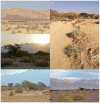

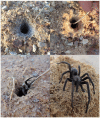
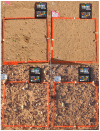
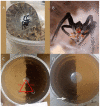
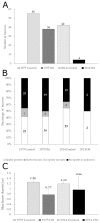
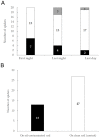



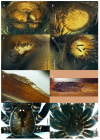
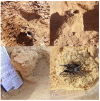
References
-
- Ward D. The Biology of Deserts. 2nd ed. Oxford University Press; Oxford, UK: 2016. (The Biology of Habitats Series).
-
- Sharon D. The spottiness of rainfall in a desert area. J. Hydrol. 1972;17:161–175. doi: 10.1016/0022-1694(72)90002-9. - DOI
-
- Guo Q. Slow Recovery in Desert Perennial Vegetation Following Prolonged Human Disturbance. J. Veg. Sci. 2004;15:757–762. doi: 10.1111/j.1654-1103.2004.tb02318.x. - DOI
-
- Shulov A. On some Israeli scorpions. Dapim Refuiim. Folia Med. 1962;21:657–660. - PubMed
Grants and funding
LinkOut - more resources
Full Text Sources

